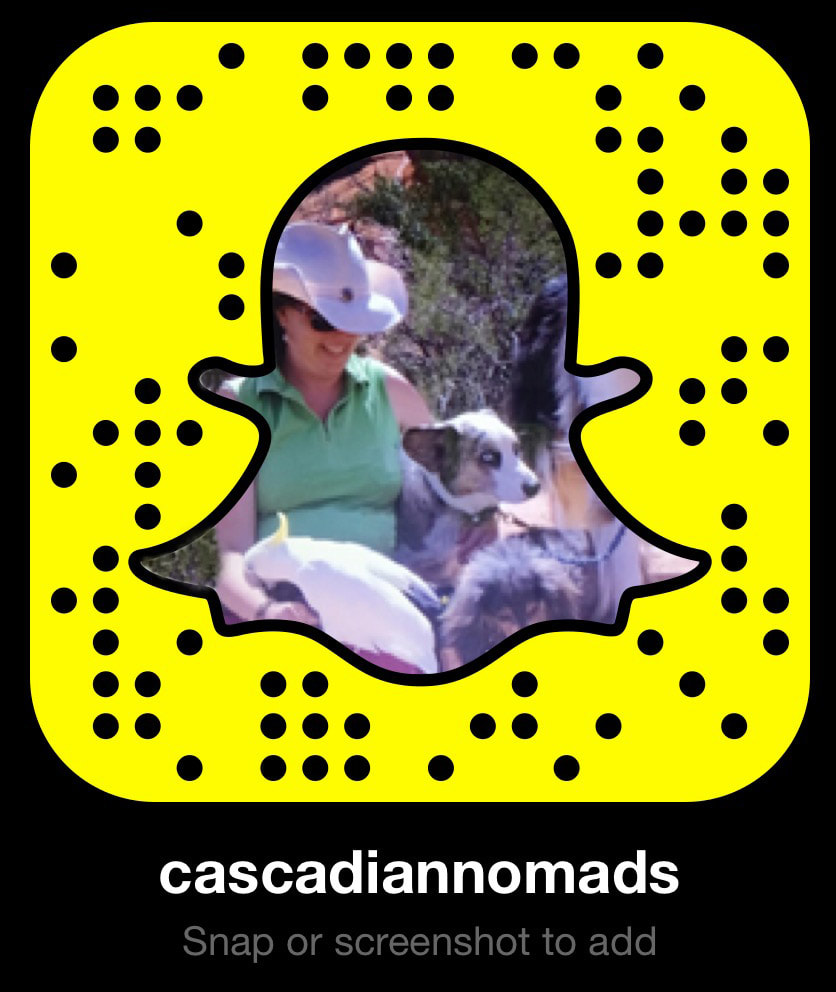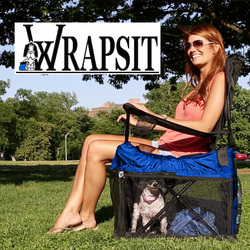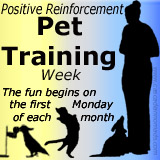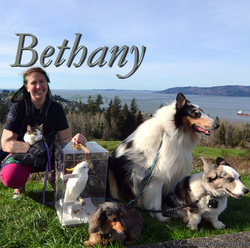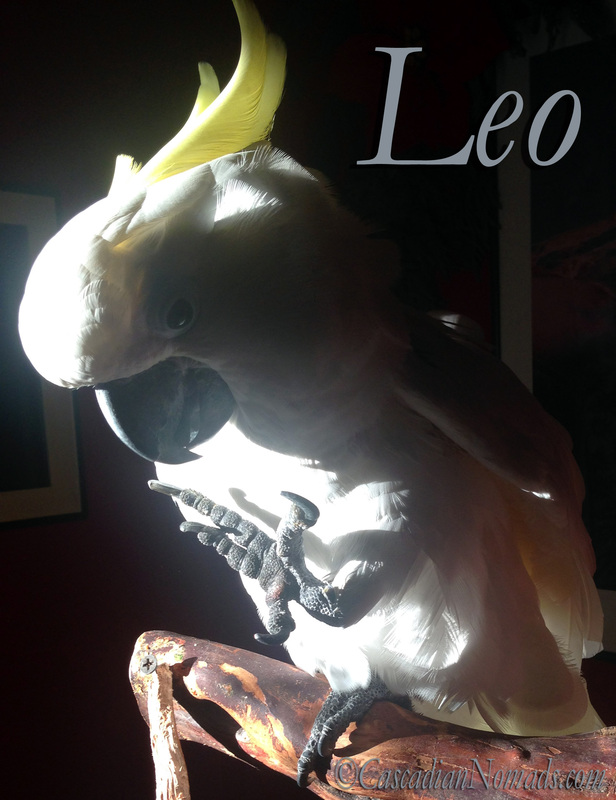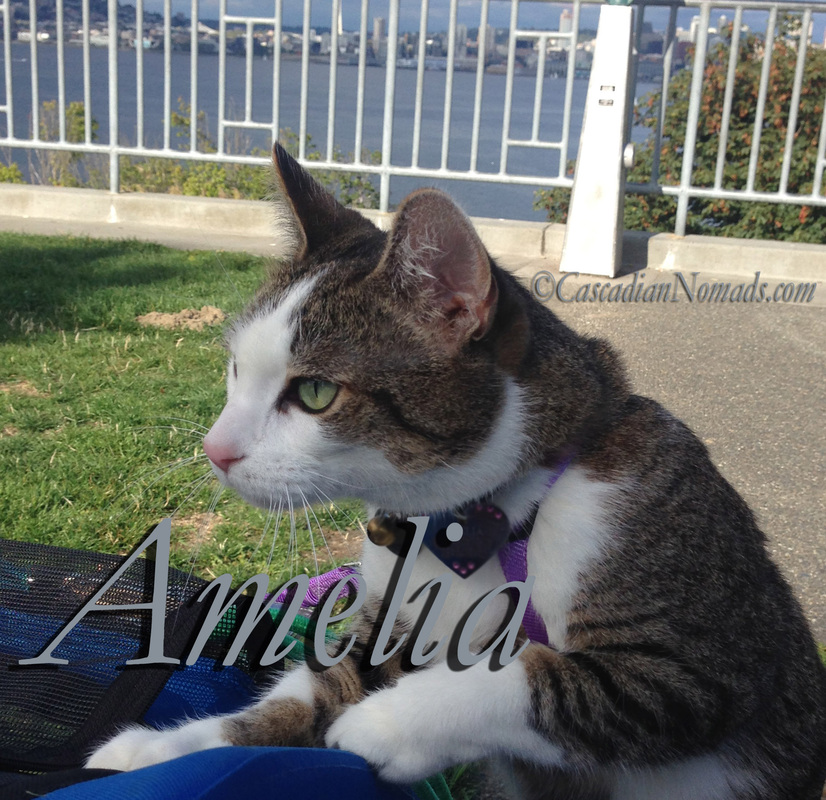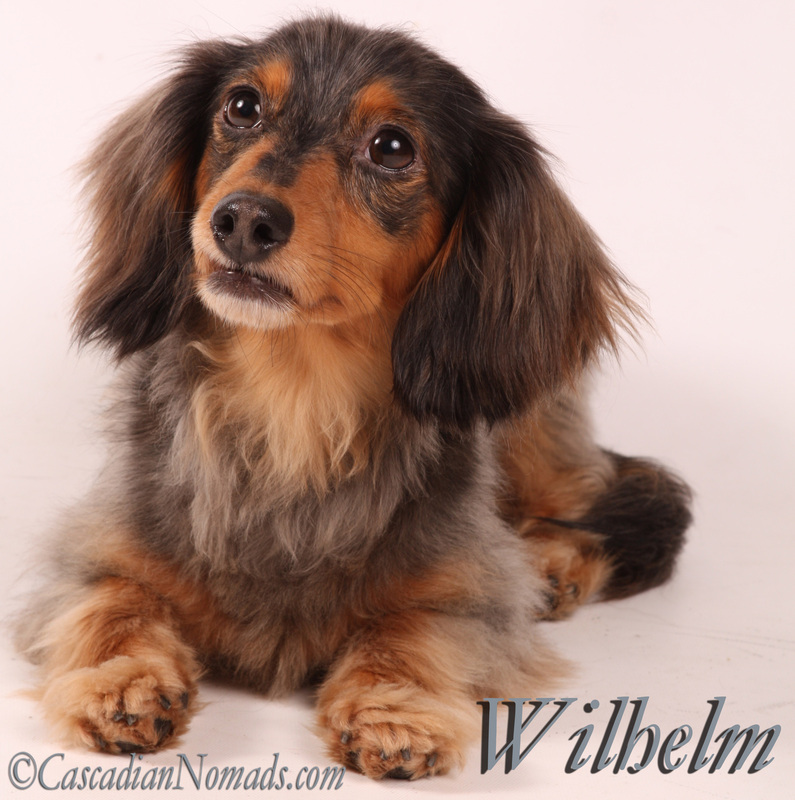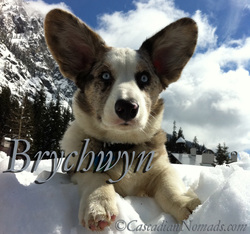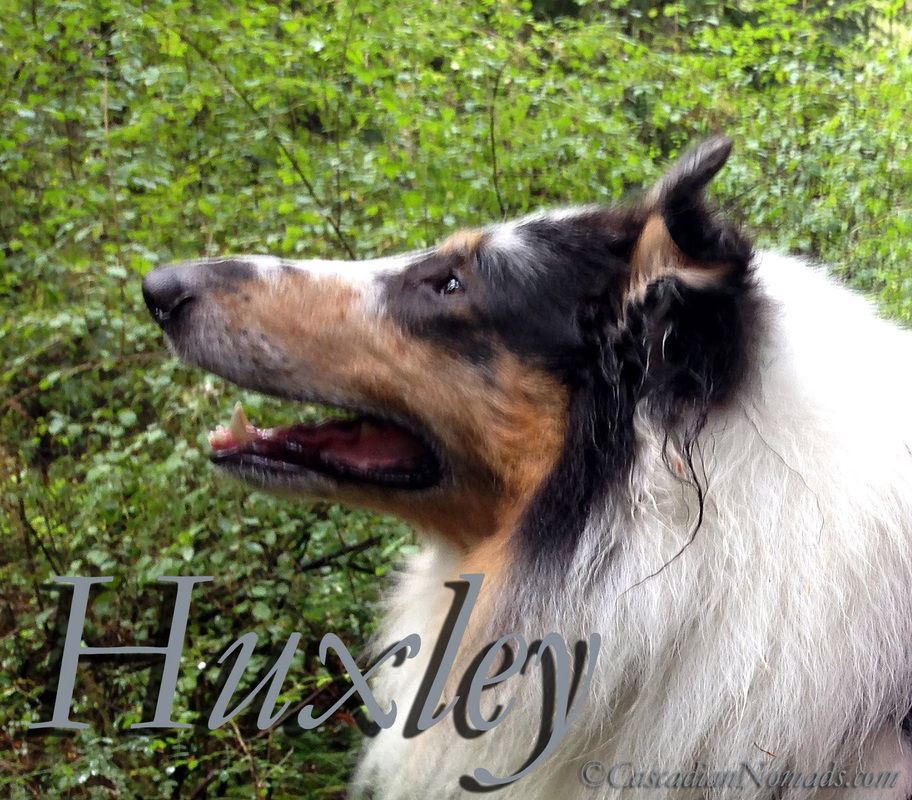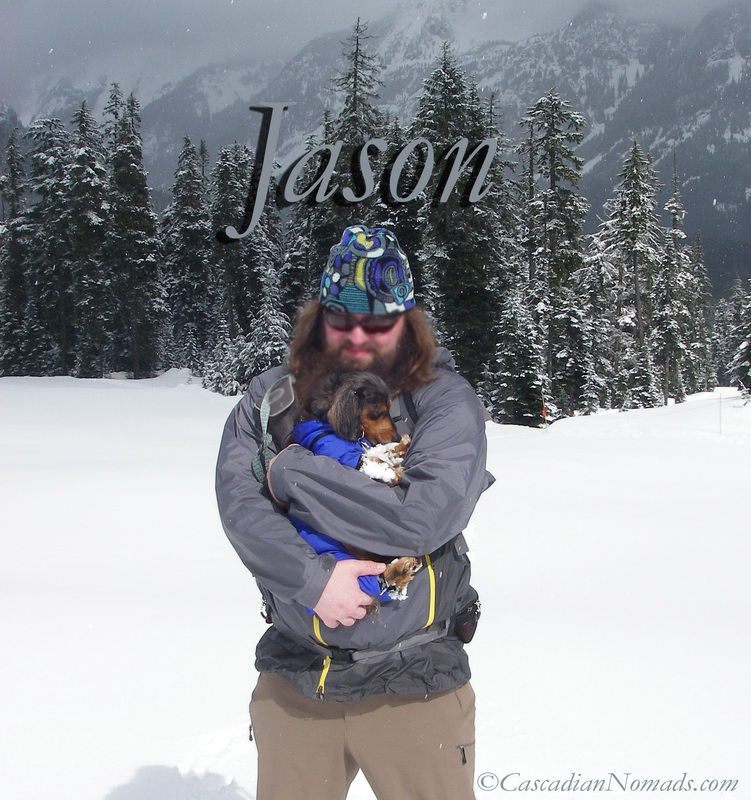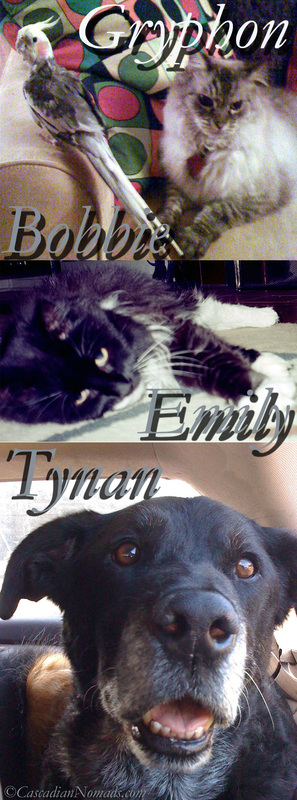A few FitDog Fridays ago, my dachshund brother, Wilhelm, shared the stretching and massage that he enjoys after a workout. Some of what he does was taught to us by my SAMP, Catherine Kirkness, of Heal K9. I also shared ho much my SAMP helps me in preventing my limp in my FitDog Friday post, Keeping A Fragile Dog Fit. So when Catherine came to see me for my massage this week, I thought it would be fun to interview her so all of you FitDog Friday blog hop friends could get to know her and what she does. I interviewed Catherine while she was giving me an awesome massage, so hopefully you like it almost as much as I did. In fact, you may enjoy the interview more if you read it while your getting a massage. Yes. I recommend that.
| What is a SAMP/Small Animal Massage Practitioner? “The small part is basically dogs, rabbits, cats, little furry creatures. Horses and large animals is a different certification though there is some overlap. When I did the courses at the Northwest School [of Animal Massage,] we did a lot together but the practical parts are more specific, They’d go out to the barn for the horses and we’d stay inside for the dogs. A lot of the muscles are similar but there’s a few differences. It also depends on what the dogs or horses are doing, their activity level. There are special things that you do for a dog that’s an agility dog or for a horse that’s a jumper, so those are specific to the certification. |
“I think basically all dogs are good candidates. It’s just some, like the golden’s, the first time they meet you, the first second, they’ll lay down and you can just massage them all over. Some dogs, it takes easing into it. Getting them to get to know you and to know what you’re doing because we’re up close and personal and touching all over, aren’t we? So they have to be comfortable with it but especially dogs that are limping, are compensating, have tightness in their upper neck and upper shoulders, they’re pretty quick to respond because it feels good.”
“You can see the baseline and the issues tend to show up when dogs are walking slow. Like when you were zipping up and down the hall, you were looking pretty good. Watching dogs, the basic gait, the shifting when they turn one direction or the other, you can see if they have any issues there. “
“This [me on my back, belly up] is a great position to do a lot with front limbs. You can do stretching and range of motion but you've done this enough. You know that’ s what I need to tend to. I may have ideas, I’d like to work your back end or something, but if it’s your front end, you will tell me. Exactly. I’m going to tend to what’s tight. The lower neck, the upper part of the shoulders... You're a good boy. What a good boy... You get tight in the neck. That’s a very good spot for you. You're kind of sinking into it here. Which is what we want. You're not showing any apparent tenderness with what I’m working so far. The muscles were awfully tight... It’s not major guarding but you don’t like me doing anything with a lot of pressure down [by my paws] but you've never been fond of that. You tell me this is the limit versus maybe we just invite going a little further. You do loosen up quite nicely. I got more time further down the leg today but the lower part, your paws, you're not… You let me do some passive touch on those lower parts.”
Is that true for most dogs?
"Anything more than half an hour and you've had enough and probably most are. Chari [Catherine’s German shepherd] who has had this done for so long, could do two hours, and Luther [Catherine’s other German shepherd] is right up there too. But actual therapeutic work, you don’t want to over work the muscles so a half and hour is typically right."
Cascadian Nomads has teamed up with SlimDoggy, Peggy's Pet Place & To Dog With Love for this FitDog Friday Blog Hop. Check out all of the participants blogs. We guarantee you will learn a lot! |
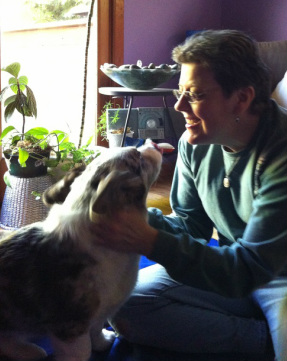
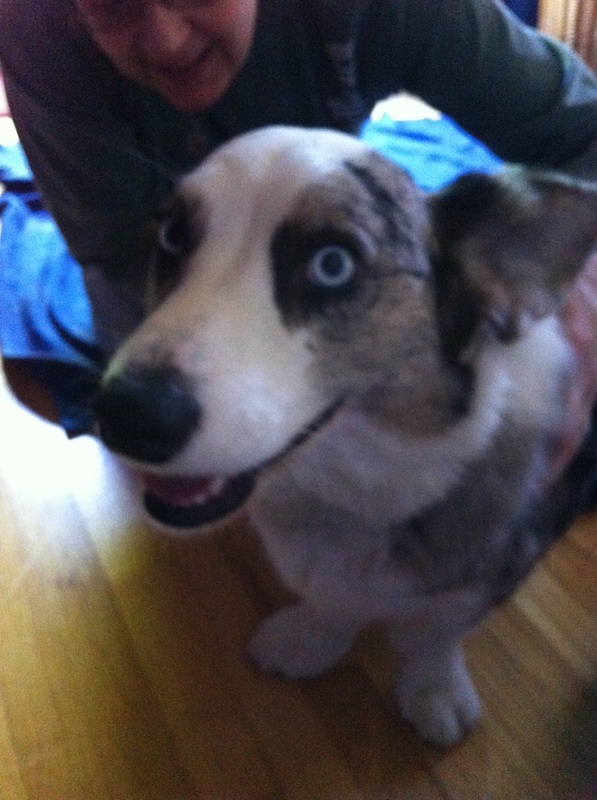
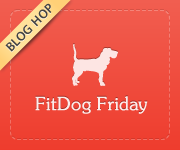
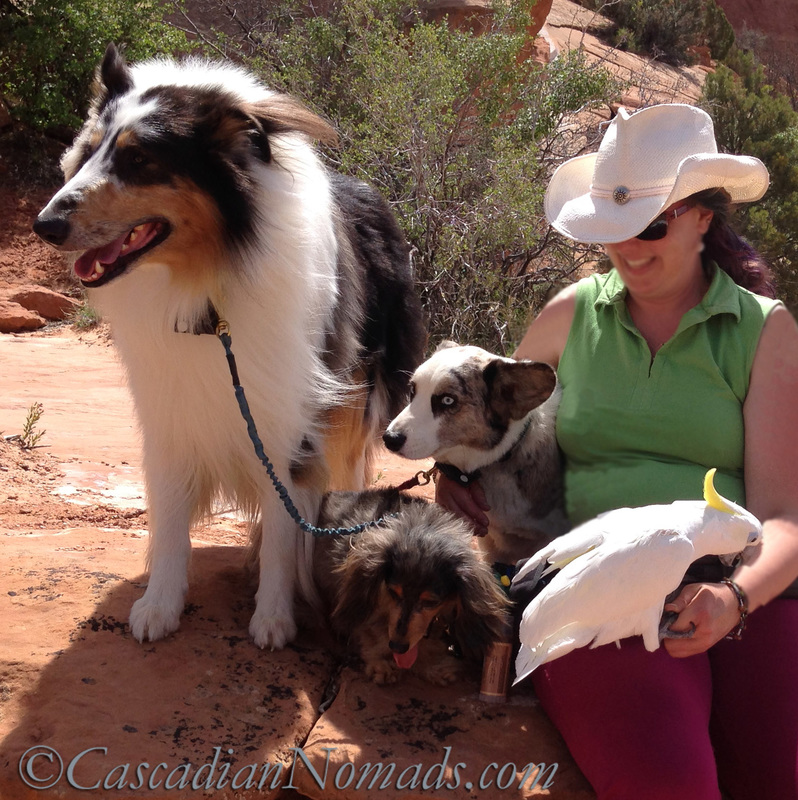
 Follow on Instagram
Follow on Instagram